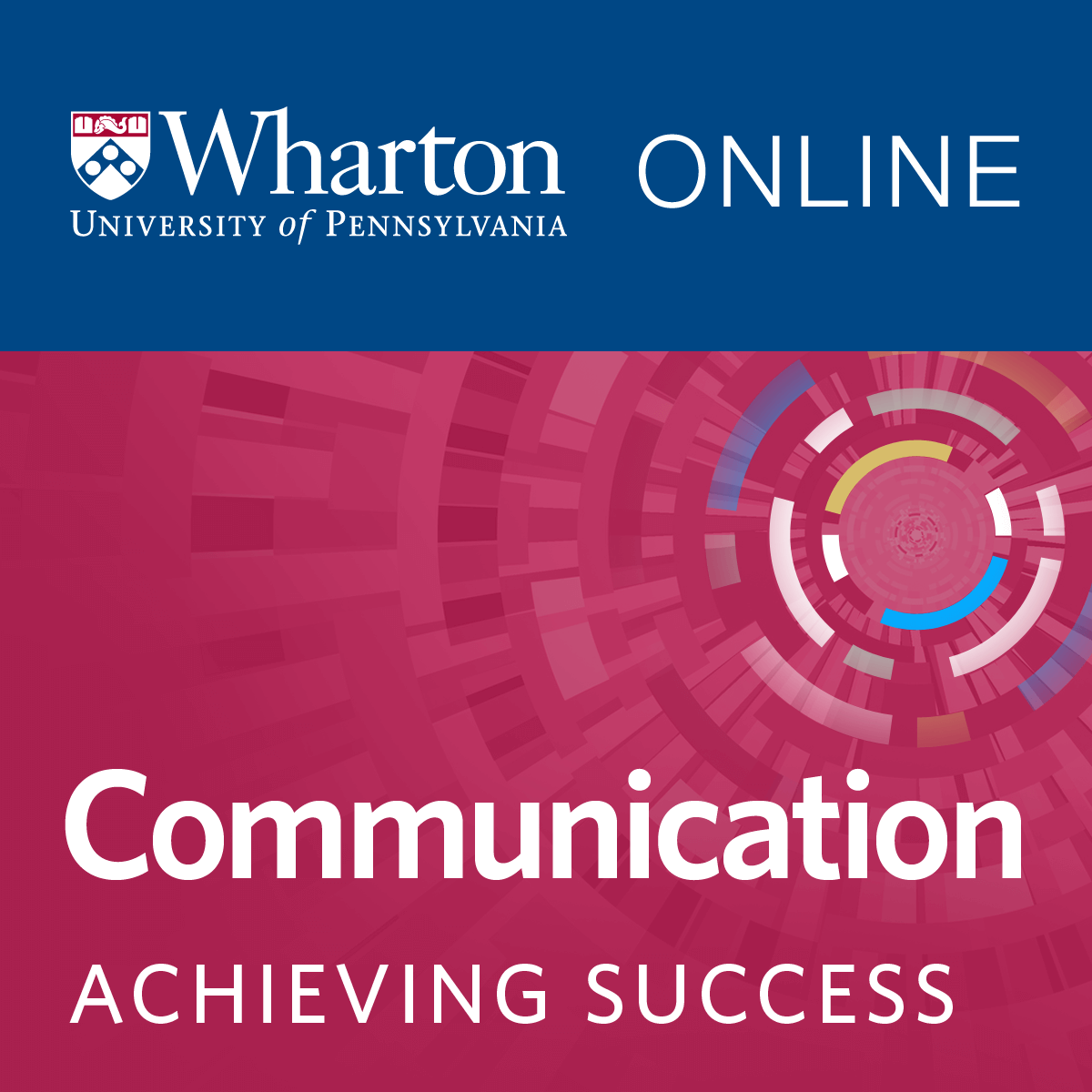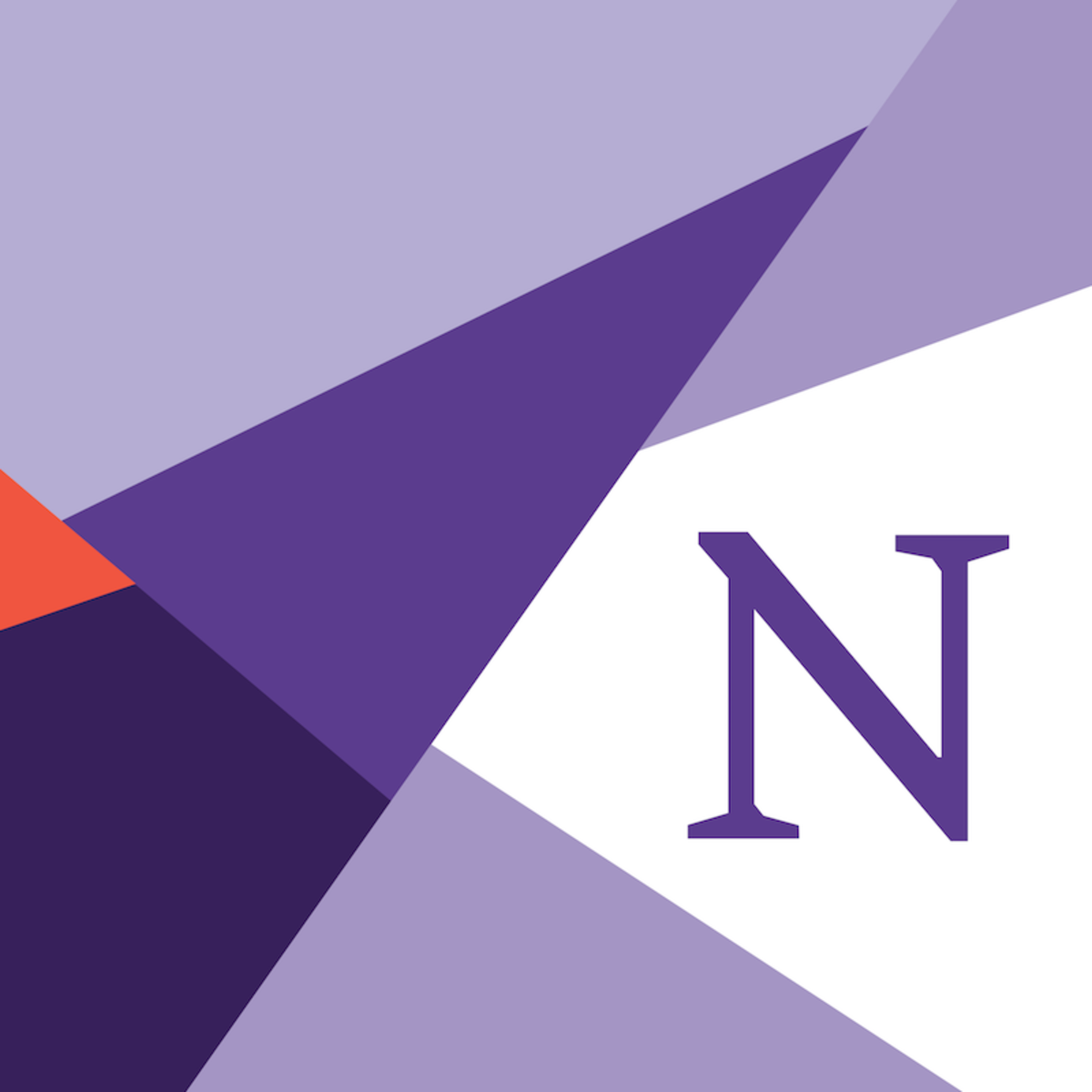Trainer
Exploring a Career as a Trainer
A Trainer is a professional dedicated to developing the skills, knowledge, or performance of individuals or groups. They design, deliver, and evaluate learning experiences across countless fields. Whether guiding new employees through company procedures, teaching athletes advanced techniques, or helping professionals master new software, trainers are facilitators of growth and development.
Working as a Trainer can be deeply rewarding. You have the opportunity to empower others, witness their progress firsthand, and contribute significantly to organizational or individual goals. The role often involves dynamic interaction, continuous learning, and the satisfaction of making a tangible impact on people's abilities and careers.
Understanding the Trainer Role
What Does a Trainer Do?
At its core, the role of a Trainer involves imparting knowledge and skills to others. This encompasses designing learning materials, delivering instruction through various methods, and assessing the effectiveness of the training. Trainers identify learning needs, develop curriculum, and facilitate learning sessions, ensuring participants achieve specific objectives.
The scope can vary significantly. Some trainers focus on technical skills, like operating machinery or using software, while others specialize in "soft skills" such as communication, leadership, or teamwork. The goal remains consistent: to improve capability and performance through structured learning experiences.
Trainers act as subject matter experts, facilitators, and motivators. They adapt their approach to suit different learning styles and environments, whether in a classroom, online, or on the job. Their ultimate purpose is to enable learners to acquire and apply new competencies effectively.
Understanding the foundations of teaching and learning is beneficial for aspiring trainers. These resources explore core principles relevant to effective instruction.
Where Do Trainers Work?
Trainers are employed across nearly every industry. Corporations hire trainers for employee onboarding, professional development, compliance training, and software implementation. Educational institutions utilize trainers for faculty development and student support services.
Non-profits often employ trainers for volunteer preparation and program delivery. Government agencies need trainers for workforce development and procedural training. The healthcare sector relies on trainers for clinical skills, compliance, and patient education programs.
Fitness centers and sports organizations employ athletic trainers and coaches. Technical fields, including IT and manufacturing, require specialized trainers for software, hardware, and safety procedures. The demand for skilled trainers is widespread, reflecting the universal need for continuous learning and skill enhancement.
Types of Trainers
The field of training is diverse, leading to various specializations. Corporate Trainers typically focus on employee development within businesses, covering areas like leadership, sales, software usage, or company policies. Their work directly supports organizational goals and workforce productivity.
Athletic Trainers work with sports teams or individuals to improve performance, prevent injuries, and manage rehabilitation. This requires deep knowledge of kinesiology, physiology, and sports-specific techniques.
Technical Trainers specialize in teaching complex processes or the use of specific equipment or software. They often work in IT, manufacturing, healthcare, or engineering sectors, ensuring users can operate technology safely and effectively. Examples include training on SAP systems or specific medical devices.
Roles and Responsibilities of a Trainer
Designing Learning Experiences
A primary responsibility for trainers is curriculum development. This involves identifying learning objectives based on needs analysis, structuring content logically, and selecting appropriate instructional methods and materials. Trainers create lesson plans, presentations, activities, and assessments.
Effective curriculum design considers the target audience, their existing knowledge, and the desired outcomes. It ensures that the learning journey is engaging, relevant, and leads to measurable skill or knowledge acquisition. This process requires creativity, subject matter expertise, and an understanding of instructional design principles.
Trainers often develop materials like manuals, job aids, e-learning modules, and facilitator guides. They must ensure all materials are accurate, up-to-date, and aligned with the learning objectives and any applicable standards.
Developing engaging lesson plans and evaluating course design are crucial skills. These courses provide insights into instructional design and project management, useful for structuring training programs.
Applying Adult Learning Principles
Training adults differs significantly from teaching children. Trainers must understand and apply principles of andragogy (adult learning theory). Adults are typically self-directed, bring a wealth of experience, are problem-centered, and motivated by relevance to their lives and work.
Effective trainers create a learning environment that respects adult learners' autonomy and experience. They facilitate discussion, encourage peer-to-peer learning, and connect new information to learners' existing knowledge and real-world challenges. Training methods should be practical and immediately applicable.
This involves using interactive techniques, case studies, simulations, and problem-based learning activities. Trainers act more as facilitators than lecturers, guiding participants toward discovering knowledge and solutions themselves.
Understanding how adults learn is fundamental. These books delve into learning science and pedagogical approaches suitable for diverse learners.
Evaluating Training Effectiveness
Trainers are responsible for assessing whether learning objectives have been met and if the training has had the desired impact. This involves collecting feedback, measuring knowledge or skill acquisition, and evaluating changes in behavior or performance on the job.
Evaluation methods can range from simple surveys and quizzes to more complex performance observations and business impact analysis. Models like the Kirkpatrick Model provide a framework for evaluating training at different levels: reaction, learning, behavior, and results.
The data gathered through evaluation helps trainers refine their programs, demonstrate value to stakeholders, and ensure continuous improvement. It's a critical step in the training cycle, linking learning activities to tangible outcomes.
Ensuring Compliance and Standards
In many industries, training is mandated by regulations or industry standards (e.g., safety, healthcare compliance, financial regulations). Trainers must be knowledgeable about these requirements and ensure their programs meet them.
This involves staying current with relevant laws and standards, accurately incorporating them into training content, and maintaining proper documentation of training completion and competence assessment. Failure to comply can have significant legal and financial consequences for organizations.
Trainers working in regulated fields often need specialized knowledge or certifications related to those standards. They play a crucial role in maintaining a compliant and safe work environment.
These courses touch upon workplace safety standards and project management frameworks, which often involve compliance aspects.
Essential Skills for Effective Training
Communication and Presentation Mastery
Exceptional communication skills are paramount for trainers. This includes clarity in explaining complex concepts, active listening to understand learner needs, and engaging presentation delivery. Trainers must connect with their audience and foster an open, interactive environment.
Presentation skills involve more than just speaking clearly. It's about structuring content logically, using visual aids effectively (like PowerPoint or Prezi), managing time, and adapting delivery based on audience feedback and energy levels. Storytelling can also be a powerful tool to make content memorable.
Written communication is also vital for creating clear training materials, reports, and correspondence. Trainers need to articulate ideas concisely and professionally in various formats.
Strong presentation and communication skills are fundamental. Explore these courses and topics to hone your abilities.
These books offer practical advice on crafting compelling presentations and communicating effectively.
Adaptability and Learner Centricity
Every training group is unique, with diverse backgrounds, experiences, and learning preferences. Effective trainers are highly adaptable, modifying their approach, pace, and content to meet the specific needs of their audience. A one-size-fits-all approach rarely works.
This requires empathy, keen observation skills, and the ability to think on one's feet. Trainers must be prepared to answer unexpected questions, address individual challenges, and adjust activities to maintain engagement and ensure comprehension for all participants.
A learner-centric mindset focuses on the participants' experience and outcomes. Trainers prioritize creating a supportive and inclusive environment where everyone feels comfortable participating and asking questions. Understanding different learning styles helps tailor instruction effectively.
These resources explore culturally responsive teaching and understanding diverse learners.
Technological Proficiency
Modern training increasingly relies on technology. Trainers need proficiency with various tools, including presentation software (like Microsoft PowerPoint or Google Slides), Learning Management Systems (LMS), virtual classroom platforms (like Zoom or Microsoft Teams), and e-learning authoring tools.
Being comfortable with technology allows trainers to create engaging digital content, manage online courses, facilitate virtual sessions effectively, and leverage data analytics to track learner progress. As training delivery evolves, continuous learning of new technologies is essential.
Technical trainers, in particular, require deep expertise in the specific software or hardware they teach, such as cloud platforms or specialized industry software.
Facilitation and Conflict Resolution
Trainers often manage group dynamics, facilitate discussions, and guide activities. Strong facilitation skills are needed to keep sessions on track, encourage participation, and handle different personalities within a group.
Occasionally, disagreements or challenging situations may arise during training. Trainers should possess basic conflict resolution skills to address issues constructively, maintain a positive learning environment, and ensure disruptions are managed professionally.
This involves active listening, mediation techniques, and the ability to remain calm and objective under pressure. Effective group management contributes significantly to the success of a training program.
These courses focus on managing conflict and group dynamics effectively.
Formal Education Pathways to Becoming a Trainer
Relevant Undergraduate Degrees
While a specific "Trainer" degree is uncommon, several undergraduate fields provide a strong foundation. Degrees in Education, Psychology, Human Resources, and Communications are highly relevant. These programs often cover learning theories, instructional techniques, group dynamics, and communication strategies.
Alternatively, a degree in the subject matter you wish to train in can be crucial, especially for technical or specialized training roles. For example, an engineering degree for an engineering trainer or a nursing degree for a clinical trainer provides necessary expertise.
Combining a subject matter degree with coursework or a minor in education or communication can be particularly advantageous. Ultimately, employers often value demonstrated expertise and training skills over a specific degree title.
Consider exploring courses related to Education or Psychology to build foundational knowledge.
Specialized Certifications
Professional certifications can significantly enhance a Trainer's credibility and career prospects. Organizations like the Association for Talent Development (ATD) offer well-recognized credentials, such as the Certified Professional in Talent Development (CPTD).
Other certifications might focus on specific methodologies like Lean Six Sigma or Agile/Scrum, particularly relevant for trainers in project management or process improvement. Technical trainers might pursue vendor-specific certifications (e.g., Microsoft Certified Trainer, AWS Certified Instructor).
Certifications demonstrate a commitment to the profession and a validated level of expertise. They often require passing an exam and meeting experience criteria, signalling competence to employers and clients.
Gaining certifications in methodologies like Agile or Lean Six Sigma can be beneficial.
Graduate Programs and Advanced Studies
For those seeking leadership roles in Learning and Development (L&D) or specialization in areas like instructional design or organizational development, a master's degree can be valuable. Relevant fields include Organizational Psychology, Human Resource Development, Instructional Design and Technology, or Adult Education.
Graduate programs offer deeper dives into learning theory, research methodologies, program evaluation, and strategic L&D management. They can open doors to higher-level positions, consulting opportunities, or roles in academia.
Doctoral programs (Ph.D. or Ed.D.) are typically pursued by those interested in research, university teaching, or top-level executive roles in large organizations. Research opportunities in learning sciences, cognitive psychology, or educational technology can contribute to advancing the field.
Digital Learning and Trainer Skill Development
Leveraging Online Courses and Microcredentials
The digital landscape offers vast opportunities for aspiring and current trainers to build skills. Online courses, like those found on OpenCourser, provide flexible access to learning about instructional design, adult learning principles, specific software, and facilitation techniques.
Microcredentials and online certificates allow trainers to gain targeted skills quickly and demonstrate proficiency in specific areas, such as virtual facilitation or e-learning development. These can be valuable additions to a resume, showcasing up-to-date knowledge.
Online learning platforms enable self-directed professional development, allowing trainers to stay current with industry trends and technologies at their own pace. This continuous learning is crucial in the evolving field of training.
These courses focus on career development and acquiring new skills, often through online means.
Mastering Virtual Classroom Techniques
With the rise of remote work, proficiency in facilitating virtual training is essential. This requires mastering virtual classroom platforms and adapting traditional techniques for an online environment. Engaging remote learners demands specific strategies.
Effective virtual trainers use interactive tools like polls, breakout rooms, whiteboards, and chat features to maintain engagement. They must be adept at troubleshooting technical issues and creating a sense of community among participants who are not physically together.
Managing energy levels, ensuring clear communication despite the lack of physical cues, and designing activities suitable for the virtual space are key skills. Many online courses specifically focus on developing these virtual facilitation capabilities.
Implementing Blended Learning Approaches
Blended learning combines face-to-face instruction with online learning components. Trainers need to design and implement programs that effectively integrate these different modalities. This involves deciding which content is best suited for online delivery versus in-person interaction.
Designing effective blended programs requires careful planning to ensure a seamless learning experience. Trainers must guide learners through both the online and offline components, ensuring they connect and reinforce each other.
This approach offers flexibility for learners while retaining the benefits of direct interaction. Proficiency in designing and managing blended learning experiences is increasingly valuable for trainers.
Building a Professional Portfolio
For trainers, especially those starting or pivoting careers, a portfolio showcasing their skills and experience is highly beneficial. This can include sample training materials (lesson plans, presentations, videos), testimonials from learners or clients, and descriptions of successful training projects.
A portfolio provides tangible evidence of competence beyond a resume. It can be shared with potential employers or clients to demonstrate expertise in curriculum design, delivery, and evaluation. Including projects completed during online courses can also strengthen a portfolio.
Platforms like LinkedIn or personal websites are excellent places to host a digital portfolio. Highlighting specific achievements and quantifiable results (e.g., improved performance metrics post-training) makes a portfolio more impactful.
Career Progression for Professional Trainers
Entry-Level Opportunities
Common entry points into the training field include roles like Training Coordinator, Training Assistant, or Junior Trainer. These positions often involve supporting senior trainers, scheduling sessions, preparing materials, managing logistics, and potentially co-facilitating.
Some individuals transition into training from roles where they developed significant subject matter expertise. They might start by training colleagues on specific processes or systems before moving into a formal training role.
Entry-level roles provide valuable experience in understanding the training cycle, learning organizational processes, and honing basic facilitation and coordination skills. They serve as a crucial stepping stone towards more specialized or senior training positions.
Mid-Career Specialization
As trainers gain experience, they often specialize in particular areas. This could be based on industry (e.g., healthcare trainer, financial services trainer), skill type (e.g., leadership development trainer, sales trainer, technical trainer), or delivery method (e.g., e-learning specialist, virtual training expert).
Specialization allows trainers to develop deep expertise, increasing their marketability and potential earning power. Mid-career trainers may take on more complex projects, design comprehensive training programs, or mentor junior trainers.
Pursuing advanced certifications or further education often supports this specialization phase. Networking within professional organizations like ATD can also open doors to specialized opportunities.
Leadership and Management Roles
Experienced trainers can progress into leadership positions within Learning and Development (L&D) departments. Roles like Training Manager, L&D Manager, or Director of Talent Development involve overseeing training strategy, managing budgets, leading teams of trainers, and aligning training initiatives with overall business goals.
These roles require strong leadership, strategic thinking, and management skills, in addition to training expertise. Leaders in L&D often play a key role in shaping organizational culture and driving workforce performance.
An advanced degree (like an MBA or a master's in HR/OD) can be beneficial for aspiring L&D leaders. Experience in program management and demonstrating the business impact of training are also critical.
Consulting and Entrepreneurship
Many experienced trainers transition into consulting, either joining established firms or starting their own businesses. Training consultants work with various clients to diagnose needs, design custom solutions, deliver training, and evaluate impact.
Consulting offers variety, autonomy, and potentially higher earnings, but also requires business development, marketing, and client management skills. Successful consultants build strong reputations based on their expertise and ability to deliver results.
This path often appeals to trainers with deep specialization in a high-demand area or those with extensive experience across multiple industries.
Trainer Specializations and Industry Applications
Corporate and Soft Skills Training
Corporate trainers focus on enhancing the skills of employees within organizations. A major area is soft skills development, covering topics like communication, teamwork, leadership, time management, emotional intelligence, and conflict resolution. These skills are crucial for productivity, collaboration, and positive workplace culture.
Other common corporate training areas include onboarding new hires, diversity and inclusion training, compliance training (e.g., ethics, harassment prevention), and sales training. Trainers in this space must understand business needs and tailor programs accordingly.
Technical and Vocational Training
Technical trainers specialize in teaching specific skills related to technology, equipment, or processes. This could involve training employees on new software systems (like ERP or CRM platforms), operating complex machinery, or performing technical procedures in fields like healthcare or manufacturing.
Vocational trainers prepare individuals for specific trades or occupations, often working in technical colleges, apprenticeship programs, or industry-specific training centers. They need deep subject matter expertise combined with strong instructional skills.
The demand for technical trainers is often high due to rapid technological advancements and the need for skilled workers in specialized fields.
Compliance and Regulatory Training
In highly regulated industries like healthcare, finance, and aviation, compliance training is mandatory. Trainers in this area ensure that employees understand and adhere to relevant laws, regulations, and safety protocols. Topics might include HIPAA, OSHA regulations, financial compliance rules, or data privacy laws.
Compliance trainers must possess meticulous attention to detail, stay updated on changing regulations, and design training that is both informative and engaging, despite potentially dry subject matter. They play a critical role in risk mitigation for organizations.
This specialization often requires specific credentials or deep industry knowledge.
Emerging Training Fields
As technology and industries evolve, new training specializations emerge. For example, with the rise of artificial intelligence, there's a growing need for trainers who can teach employees how to use AI tools effectively and ethically. Training related to data science, cybersecurity, and sustainable practices are also expanding areas.
Trainers specializing in emerging fields often need to be adaptable learners themselves, constantly updating their knowledge. They help organizations navigate technological shifts and prepare their workforce for the future of work.
Ethical Considerations in Training Practice
Addressing Bias in Content and Delivery
Trainers have an ethical responsibility to ensure their materials and delivery are free from bias. This means using inclusive language, representing diverse perspectives, and avoiding stereotypes in examples or case studies. Unconscious bias can inadvertently creep into training, potentially disadvantaging certain groups.
Developing awareness of potential biases (related to gender, race, culture, ability, etc.) is crucial. Trainers should actively seek feedback and review materials to identify and mitigate any bias, promoting fairness and equity in learning.
Learner Data Privacy and Analytics
Training programs often involve collecting data on learner progress and performance. Trainers and organizations must handle this data ethically and responsibly, respecting learner privacy and complying with data protection regulations (like GDPR or CCPA).
Clear communication about what data is collected, how it will be used, and who will have access is essential. Using learning analytics ethically means focusing on improving the learning experience and providing support, not on punitive measures or surveillance.
Maintaining confidentiality and securing learner data are critical ethical obligations.
Cultural Competency and Global Training
In an increasingly globalized world, trainers often work with diverse audiences from various cultural backgrounds. Cultural competency – the ability to understand, appreciate, and interact effectively with people from different cultures – is vital.
This involves being aware of cultural differences in communication styles, learning preferences, and workplace norms. Trainers must adapt their approaches to be respectful and effective across cultures, avoiding assumptions and promoting inclusivity.
For trainers working internationally or with multinational teams, developing strong cross-cultural communication skills is essential for success.
Sustainability in Training Practices
Ethical considerations also extend to environmental impact. Trainers can promote sustainability by minimizing paper usage (favoring digital materials), considering the environmental impact of travel for in-person sessions, and choosing eco-friendly resources when possible.
Promoting digital delivery methods like e-learning and virtual classrooms can significantly reduce the carbon footprint associated with training activities. Integrating sustainability principles into training content itself, where relevant, can also raise awareness.
Making conscious choices about resource use and delivery methods reflects a broader commitment to responsible professional practice.
Future Trends Impacting Training Careers
AI and Personalization
Artificial intelligence (AI) is poised to significantly impact training. AI-powered tools can personalize learning paths, provide adaptive feedback, automate content creation, and analyze learner data for insights. Trainers will need to learn how to leverage these tools effectively.
While AI can handle some aspects of content delivery and assessment, the human element of training – empathy, facilitation, coaching – remains crucial. The future likely involves trainers working alongside AI, focusing on higher-level skills like critical thinking, collaboration, and emotional intelligence.
According to recent industry analyses, such as reports from McKinsey, adapting to AI integration will be key for future workforce success, including for trainers themselves.
Remote and Global Training Demand
The shift towards remote and hybrid work models has increased the demand for virtual training solutions. Trainers skilled in designing and delivering engaging online experiences for geographically dispersed audiences are highly sought after.
This trend necessitates proficiency in virtual collaboration tools and techniques for building rapport and community online. Organizations need trainers who can effectively reach and develop their global workforce, regardless of location.
The ability to manage training across different time zones and cultural contexts will become increasingly important.
Microlearning and Microcredentials
Learners increasingly prefer bite-sized, focused learning modules (microlearning) that can be consumed quickly and applied immediately. Trainers need to adapt by designing shorter, more targeted content delivered through various digital formats.
Microcredentials, or digital badges certifying specific skills, are gaining traction as a way to validate learning. Trainers may be involved in designing programs leading to microcredentials or helping learners leverage them for career advancement. This aligns with the growing emphasis on skills-based hiring.
The World Economic Forum highlights the shift towards skills-based approaches in the future of jobs, underscoring the importance of microcredentials.
Workforce Reskilling and Upskilling
Rapid technological change and automation are driving a massive need for workforce reskilling and upskilling. Trainers are central to this effort, helping employees acquire new competencies to remain relevant and adapt to evolving job roles.
Organizations are investing heavily in L&D to bridge skills gaps and prepare for the future. This creates significant opportunities for trainers focused on areas like digital literacy, data analysis, AI proficiency, adaptability, and other future-proof skills.
Data from sources like the U.S. Bureau of Labor Statistics (BLS) Occupational Outlook Handbook often reflects growing demand in education and training roles tied to workforce development needs.
Frequently Asked Questions
Can I become a Trainer without a formal degree?
Yes, it's possible. While degrees in relevant fields like Education or HR are helpful, many trainers enter the profession based on deep subject matter expertise combined with strong communication and facilitation skills. Practical experience, industry certifications, and a portfolio demonstrating training capabilities can often compensate for a lack of a specific degree.
However, for certain roles, especially in corporate L&D or higher education, a bachelor's or even a master's degree might be preferred or required. Building skills through online courses and certifications can strengthen your profile regardless of your formal education background.
What industries have the highest demand for Trainers?
Demand varies, but key industries often include Healthcare (due to compliance and clinical skills needs), Technology (for software, hardware, and methodology training), Finance (compliance, product knowledge), and large corporations across sectors for employee development (leadership, soft skills, onboarding). Government and education sectors also employ numerous trainers.
Emerging fields like renewable energy, AI, and data science are also creating new demands for specialized trainers. Consulting firms frequently hire trainers to serve clients across various industries.
How does Trainer compensation compare to related roles?
Compensation for trainers varies widely based on industry, experience, specialization, location, and level of responsibility. Entry-level roles may have moderate salaries, while experienced technical trainers, specialized corporate trainers, or L&D managers can earn significantly more.
Compared to related roles, compensation can be similar to HR specialists, instructional designers, or project managers at comparable experience levels. Highly specialized trainers or successful consultants often command higher fees or salaries. Researching salary data on platforms like Glassdoor or Payscale for specific trainer roles and locations is recommended.
What are common exit opportunities from training roles?
Trainers develop a versatile skillset applicable to many fields. Common exit opportunities include moving into broader Human Resources roles (like HR Manager or Talent Manager), specializing further into Instructional Design or Organizational Development, or transitioning into Management Consulting.
Some trainers leverage their expertise to move into Sales or Customer Success roles, particularly if they specialized in product training. Others pursue leadership positions within L&D or start their own training or consulting businesses.
How are global certification standards evolving?
Certification standards are increasingly emphasizing practical application, digital skills, and alignment with business impact. Organizations like ATD periodically update their competency models and certification requirements to reflect current industry trends, such as the growing importance of data analytics, virtual facilitation, and DEI (Diversity, Equity, and Inclusion).
There's also a trend towards more specialized microcredentials and digital badges focusing on specific skills or technologies, complementing broader professional certifications. Staying informed about the requirements of major certifying bodies is important for career development.
What metrics demonstrate training effectiveness?
Effectiveness is measured at multiple levels. Common metrics include:
- Level 1 (Reaction): Learner satisfaction surveys (smile sheets).
- Level 2 (Learning): Pre- and post-training assessments, quizzes, skill demonstrations.
- Level 3 (Behavior): On-the-job observations, performance reviews, 360-degree feedback showing application of skills.
- Level 4 (Results): Impact on business KPIs like productivity, sales, error rates, employee retention, or ROI calculations.
Choosing the right metrics depends on the training goals. Demonstrating impact at levels 3 and 4 provides the strongest evidence of effectiveness and value.
Embarking on a career as a Trainer offers the chance to foster growth in others and make a meaningful impact. While it requires dedication to developing expertise and strong interpersonal skills, the rewards of empowering learners are substantial. Resources like online courses in professional development and the OpenCourser Learner's Guide can support your journey in building the necessary competencies for this dynamic field.












































